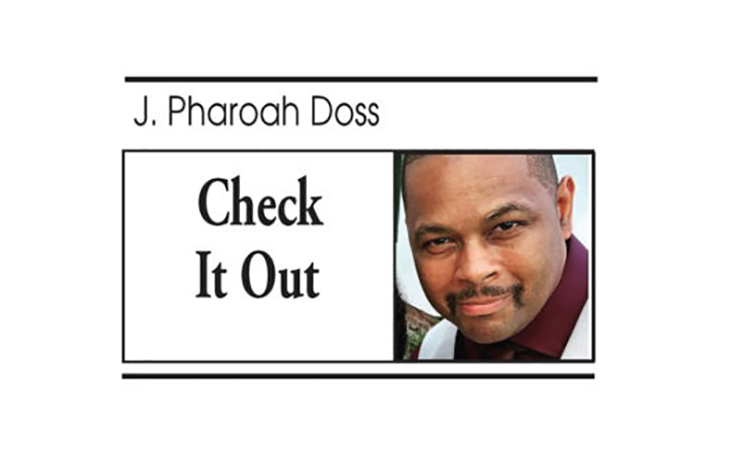Vintage portrait features the first African-American Senators and Representatives in the 41st and 42nd Congress of the United States, 1869-1873. Getty Images Stock Illustration
History may be the only discipline where laypeople regularly accuse the professionals of misteaching the subject. It makes no difference how thoroughly an educator explains why particular events were included or deleted from the curriculum; laypeople continue to accuse the educators of “whitewashing” history.
Before questioning the history curriculum, laypeople should conduct the following thought experiment: Make a list of events in American history that all students should know.
To do so, we must first understand how little time students have to study the subject. Then we have to determine the significance of an event before it’s listed.
TIME
Assume a kid had one hour of history class every day from first to twelfth grade. Now we’ll turn all of the hours into days. An hour per day, five days a week, is 20 hours per month, or 240 hours per year. After twelve years, the student has 2,880 hours. Divide that total by 24 hours, and we have 120 days.
Students actually have less time. Summers and holidays are not taken into account. Students in this experiment study history all day. Even with the rigors of the student’s daily schedule, there is still insufficient time to cover the previous 400 years, let alone 4000.
So, where do we begin—400 years ago or 4000?

AMERICA
To address that question, we must first decide whether we are teaching the history of “America” or the history of the United States of America. Geography and idealism are two factors that divide the concept of “America.”
“America” is shorthand for the United States, although there’s also North America, Central America, and South America. If we concentrate on the evolution of both continents, we must first analyze how they were initially populated, which began over 4,000 years ago. However, every minute we spend on indigenous “America” BCE takes time away from events in the formation and growth of the United States of America.
Since our focus is on the country, not the continents, we’ll have to start 400 years ago.
This time, “America” is shorthand for an idea summarized by freedom, democracy, and equality. This is the traditional idea. There’s also an alternative idea that says “America” is exploitative, aristocratic, and unequal.
Conservatives endorse the traditional idea in order to instill patriotism, civic duty, and American exceptionalism. President Trump went as far as to establish a commission to develop a “pro-American” history curriculum because he accused the alternative of being anti-American. Obviously, the alternative is more progressive, but that doesn’t mean it’s anti-American. The alternative, however, does not believe in American exceptionalism. The creators of the 1619 Project, which became supplemental course material in public schools, stated that it was journalism, not history, and the conflict is over who controls the narrative. For far too long, the creators said, one group has monopolized it, creating a myth of exceptionalism.
These aren’t just different perspectives. They are competing worldviews. Laypeople consider past events important only if they reinforce their worldview, but the idea is to teach the history of the United States of America. How it was founded, evolved, and advanced over time. This is accomplished through events of historical significance.
SIGNIFICANCE
Laypeople say history is written by the victors. That quote is attributed to Winston Churchill, but Churchill and all his quotes were canceled. Professional historians write history, and when prioritizing history, they consider four fundamental factors.
Historians begin by looking for what is new or novel about a person, event, location, or idea. Then it must be relevant in the present. The third factor is how long the incident has been remembered and whether its significance has increased over time. The final consideration is impact. The greater the number of people affected, for better or worse, the greater its significance.
Now, make an effort to build a list of key events in US history, not events that are noteworthy from a narrow worldview of “America.”
If you are truthful, you will discover two things.
1) It is quite difficult to decide what to cover in such a short period of time.
2) Almost every item on your list will already be in the curriculum.

